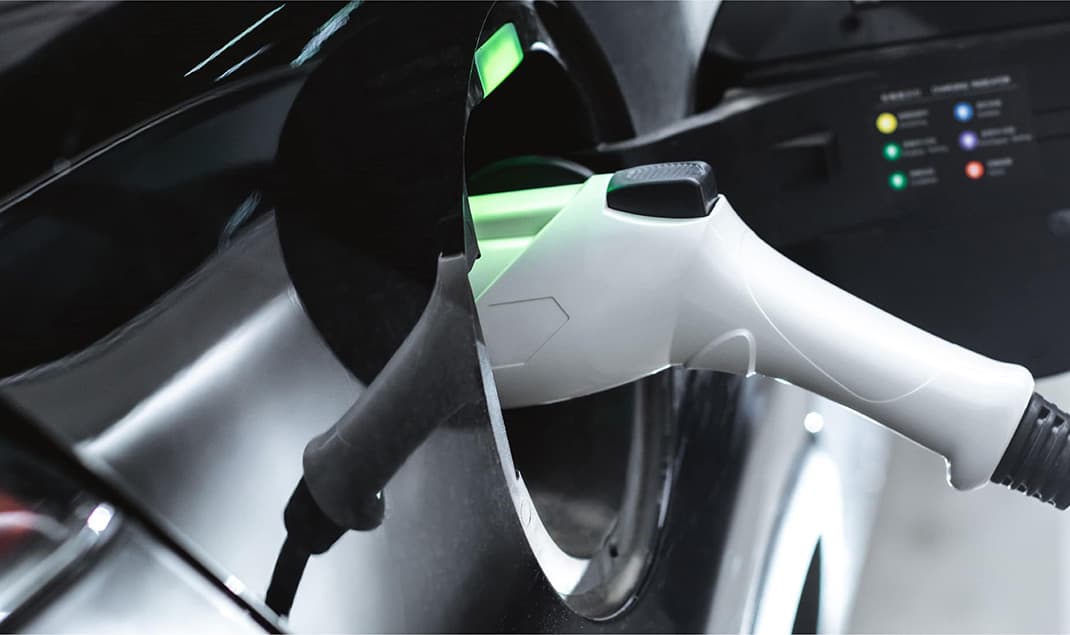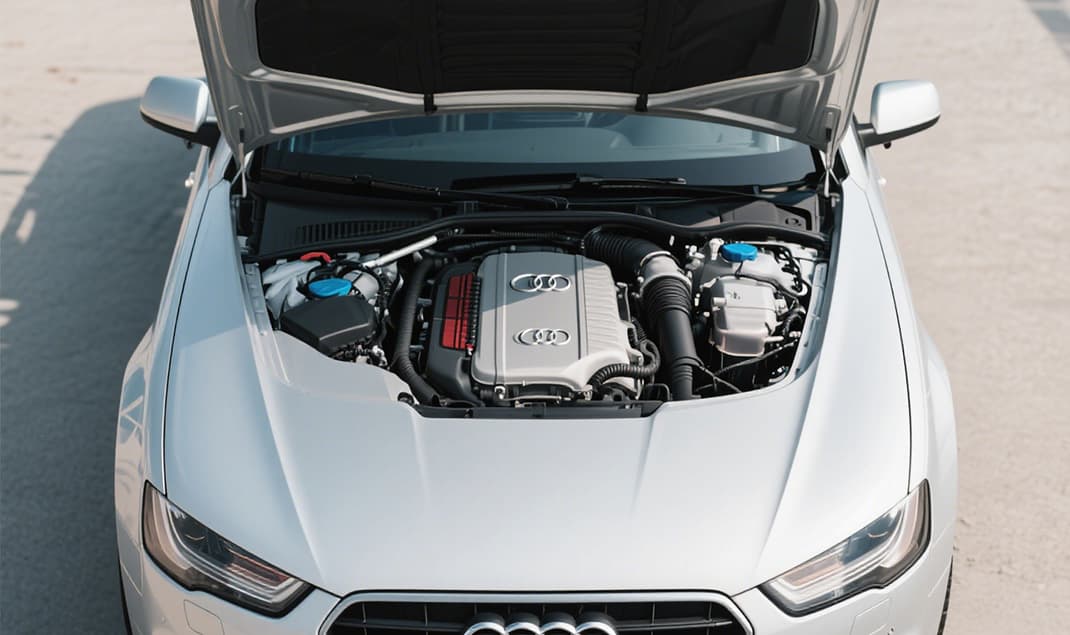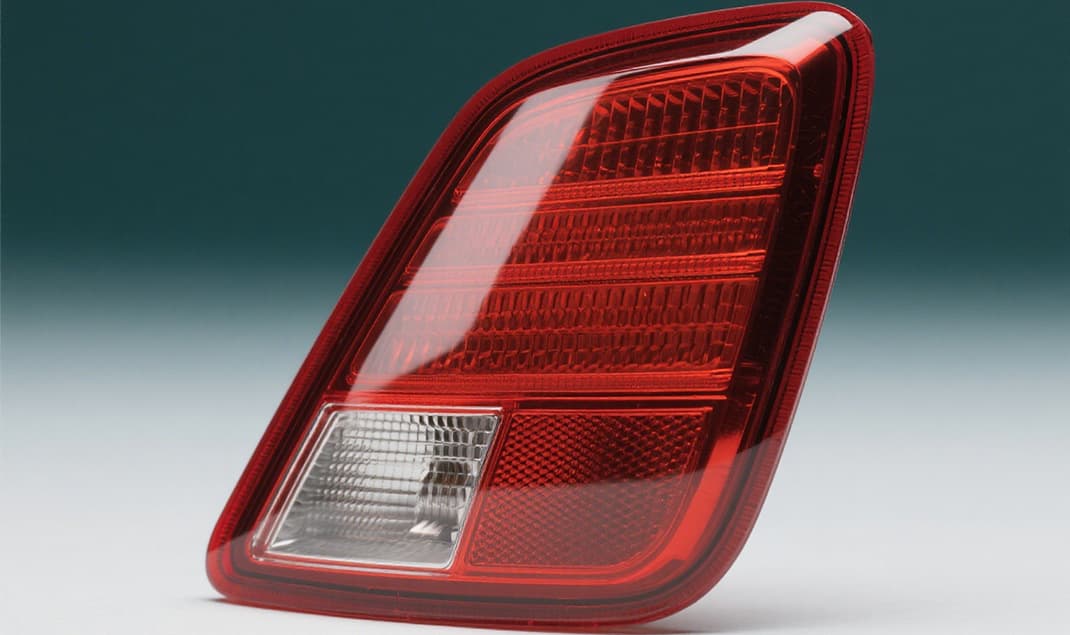WaFu Brothers provides key technical support to the automotive industry in the field of leak testing. Its high-precision testing equipment is widely used for leakage testing of engines, transmissions, fuel systems, air conditioning systems and brake systems, ensuring that core components are leak-free and improving vehicle performance and safety. The company also assists in body seal testing and enhances in-vehicle comfort. Through advanced technologies and solutions, WaFu Brothers helps automakers meet strict environmental and safety standards and becomes an important partner in the industry.
On-board charger
In 2023, GAC Aion vehicles in humid southern regions frequently experienced "charging abnormalities." Investigation revealed uneven potting on OBC housing edges and aging seals causing micro-leaks that corroded control boards. The manufacturer implemented high-precision leak testing equipment for 100% OBC housing and assembly testing, reducing defect rates from 1.8% to 0.2%, significantly improving customer satisfaction and delivery quality.
MoreEngine hood assembly
The engine hood assembly is not only part of a vehicle's exterior structure but also serves critical functions such as sealing, dustproofing, waterproofing, heat insulation, and noise reduction. Poor sealing during manufacturing can lead to the following issues:
MoreDriving monitoring sensor
These sensors are typically mounted outside vehicles or near edges, exposed to rain, dust, extreme temperatures, condensation, and pressure variations. Poor sealing may cause:
Morereversing light
In 2022, a domestic automotive lighting manufacturer supplying Japanese brands encountered "water ingress in reverse lights during rain" complaints during initial mass production. Analysis revealed micro-leaks at injection-molded housing seams that traditional manual water testing missed. The manufacturer urgently implemented high-precision leak testers using mass flow method for 100% seal testing, successfully resolving the issue and passing Japanese client audits.
More


